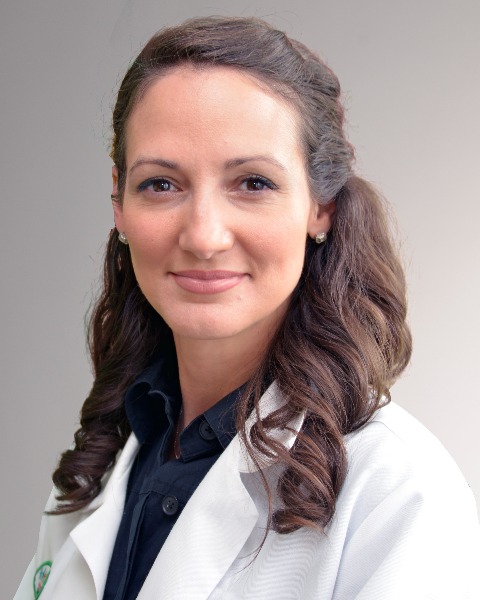Medical Education: Faculty Development
Medical Education 5: Faculty Development 1
525 - The Development and Assessment of a Professional Fulfillment Program
Publication Number: 525.227

Gina Geis, MD, MS (she/her/hers)
Vice Chair for Professional Fulfillment, Associate Professor of Pediatrics and Bioethics
Albany Medical College
Albany, New York, United States
Presenting Author(s)
Background:
Clinician burnout is a well-established problem in healthcare. With a multitude of key drivers, it is critical that we assess current levels of fulfillment and burnout in order to tailor interventions to appropriately meet the needs of clinicians. Despite extensive work on causes, attempts at decreasing burnout through a comprehensive and customized program remain underexplored. Our hypothesis is that a comprehensive program for professional fulfillment will improve burnout scores and improve wellness.
Objective:
To develop and pilot a customized program for professional fulfillment in a Pediatric Department of a large Academic Medical Center. The goals of the program are 1. To help faculty and staff develop a systematic and practical approach to prevent and mitigate burnout and promote professional fulfillment; 2. To evaluate the current state of professional fulfillment for this population in order to further customize offerings.
Design/Methods:
We created a comprehensive program to assess and promote professional fulfillment including education and well-being offerings addressing multiple key drivers of burnout. Inclusion criteria for this pilot study include current faculty or staff in the pediatric department and willing to participate. Outcomes were measured utilizing an established wellness metric, the Stanford Professional Fulfillment Index (PFI). The PFI is a validated tool, designed to assess professional fulfillment (6 questions), work exhaustion (4 questions), and interpersonal disengagement (6 questions).
Results:
A professional fulfillment program was piloted in January 2020 to promote 3 domains: a culture of well-being, efficiency of practice, and personal resilience. Programmatic offerings across these domains were introduced over the last 3 years to meet the needs of a diverse population (Table 1). In July 2022, 129/271 participants completed the PFI representing a 51% response rate. Participants were studied in aggregate and without demographic identifiers to maintain anonymity (Table 2).
Conclusion(s):
Overall, the highest-ranking area in professional fulfillment was “meaning at work” and the lowest-ranking area was “feeling in control” representing areas to both sustain and address, respectively. Furthermore, mitigating emotional exhaustion and promoting positive colleague connections are important areas to target with programmatic interventions. These results will be utilized in creating our strategic plan for the professional fulfillment program and repeat surveys will be conducted every 18 months to determine if targeted interventions are improving metrics.
